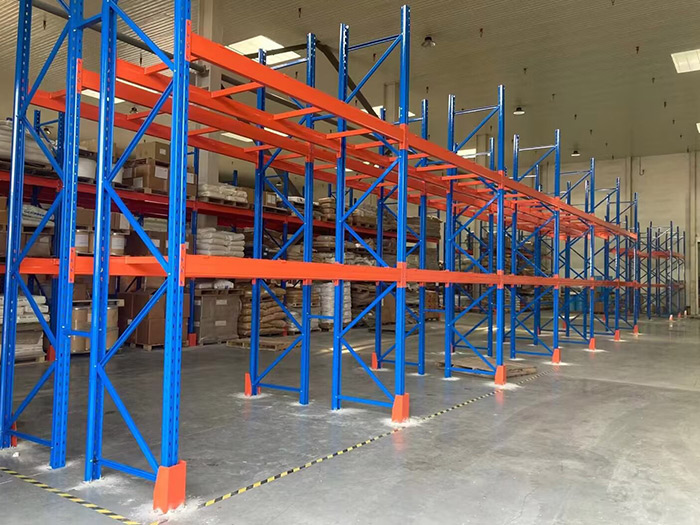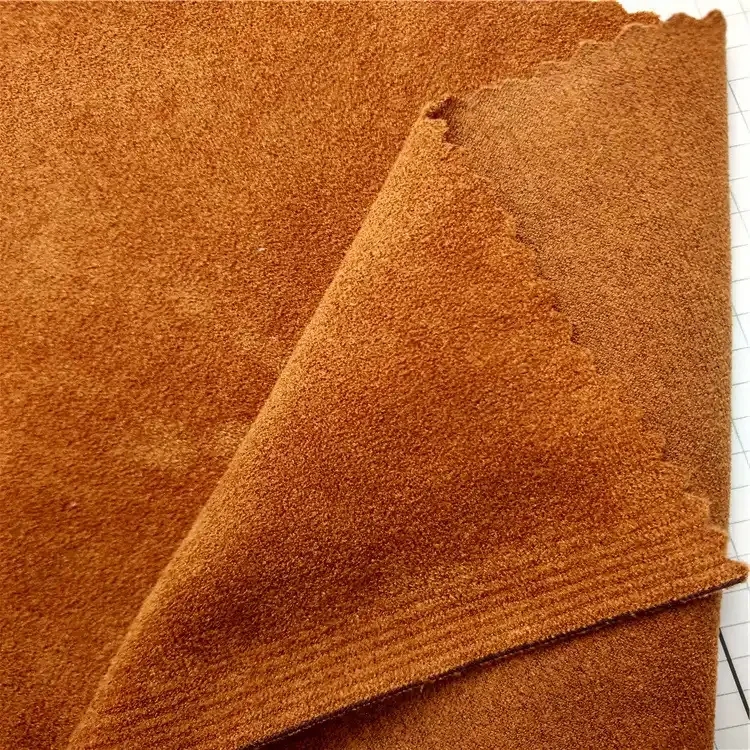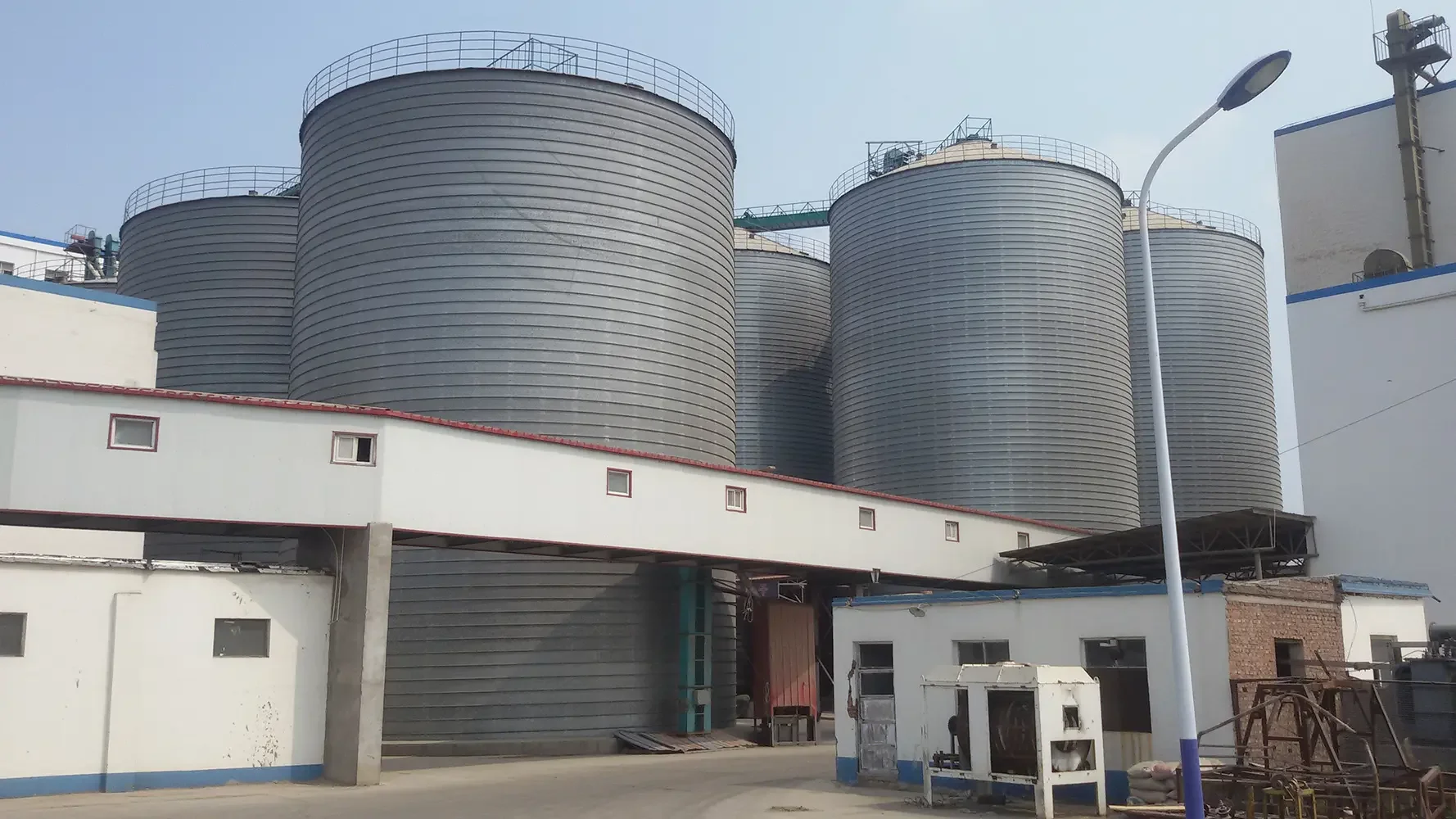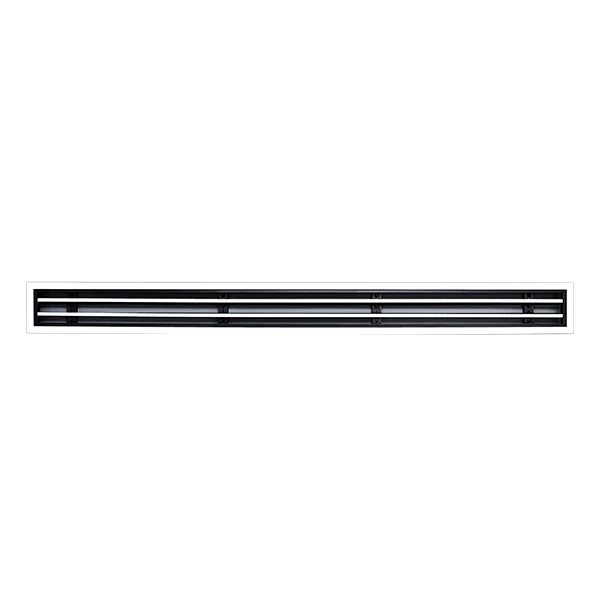When it comes to choosing the right fabric for clothing, bedding, or home textiles, breathability is a key factor that significantly impacts comfort and overall user experience. Among the myriad of fabric options available, cotton and bamboo have emerged as two popular choices, each boasting unique properties. This article delves into the breathability of cotton and bamboo, comparing their characteristics, advantages, and potential drawbacks to help you make an informed decision.
Understanding Breathability
Before we dive into the specifics of cotton and bamboo, it's essential to understand what breathability means in the context of fabrics. Breathability refers to a material's ability to allow air and moisture to pass through it. This property is crucial for regulating body temperature, preventing overheating, and ensuring comfort, especially in warm or humid conditions. Fabrics that are breathable help wick moisture away from the skin, promoting a cooler and drier environment.
Cotton: The Classic Choice
Cotton has long been hailed as a staple fabric in the textile industry. Its natural fibers are soft, durable, and highly absorbent, making it a popular choice for a wide range of applications, from casual wear to high-end bedding.
Breathability of Cotton
- Natural Fiber Structure: Cotton fibers are composed of cellulose, which allows for air circulation. This natural structure contributes to its breathability, making it an excellent choice for warm weather clothing.
- Moisture Absorption: Cotton can absorb up to 27 times its weight in water, which means it can wick moisture away from the skin. However, while it absorbs moisture, it does not dry quickly, which can lead to a damp feeling in humid conditions.
- Comfort and Softness: The softness of cotton enhances comfort, making it a preferred choice for those with sensitive skin. Its breathability combined with comfort makes it ideal for everyday wear.
Drawbacks of Cotton
Despite its many advantages, cotton does have some drawbacks. Its tendency to retain moisture can lead to discomfort in humid environments. Additionally, cotton is prone to wrinkling and shrinking, which may require more maintenance compared to other fabrics.
Bamboo: The Eco-Friendly Alternative
Bamboo fabric has gained popularity in recent years, touted for its sustainability and unique properties. Made from the pulp of the bamboo plant, this fabric is often marketed as a more eco-friendly alternative to cotton.
Breathability of Bamboo
- Natural Moisture-Wicking: Bamboo fibers have a unique structure that allows them to wick moisture away from the skin effectively. This property not only enhances breathability but also helps regulate body temperature, making bamboo an excellent choice for activewear and sleepwear.
- Antimicrobial Properties: Bamboo fabric is naturally resistant to bacteria and odors, which can enhance the overall comfort and freshness of the garment. This feature is particularly beneficial for those who engage in physical activities or live in hot climates.
- Softness and Comfort: Bamboo fabric is incredibly soft and has a luxurious feel, often compared to silk. This softness, combined with its breathability, makes it a popular choice for bedding and loungewear.
Drawbacks of Bamboo
While bamboo has many advantages, it is essential to consider its potential downsides. The production process for bamboo fabric can vary significantly, and some methods may involve harsh chemicals that can negate its eco-friendly appeal. Additionally, bamboo fabrics can be less durable than cotton, leading to concerns about longevity.
Cotton vs. Bamboo: A Breathability Comparison
When comparing the breathability of cotton and bamboo, several factors come into play:
- Moisture Management: Bamboo excels in moisture-wicking capabilities, allowing it to keep the skin dry and comfortable. Cotton, while absorbent, can become damp and heavy in humid conditions.
- Temperature Regulation: Both fabrics offer good breathability, but bamboo's ability to regulate temperature may give it an edge in hot weather.
- Comfort Level: Both cotton and bamboo are soft, but bamboo's silky texture may provide a more luxurious feel.
Conclusion: Which is Better for Breathability?
Ultimately, the choice between cotton and bamboo for breathability depends on individual preferences and specific use cases. If you prioritize natural fibers and a classic feel, cotton may be your go-to option. However, if you seek superior moisture-wicking properties and a softer touch, bamboo could be the better choice.




